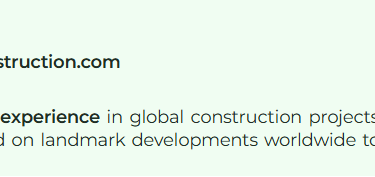Case Study: Transforming a Themed Holiday Resort from Concept to Reality
8/22/20252 min read


Introduction to Themed Holiday Resorts
The concept of themed holiday resorts has gained immense popularity over the years. These unique destinations often transport guests to extraordinary worlds, offering immersive experiences that are designed to cater to their interests and preferences. This blog post presents a detailed case study illustrating the journey from the initial idea of creating a themed holiday resort to its successful realization.
Conceptualization and Planning Phase
The first step in creating a themed holiday resort is the conceptualization phase. During this crucial stage, it is vital to define the theme that resonates with the target audience. Market research plays a pivotal role, revealing trends, preferences, and potential customer segments, allowing for the identification of an appealing theme.
For our case study, the chosen theme revolved around an enchanting forest retreat, aimed at families seeking adventure and relaxation. This concept underscored elements of nature, wildlife, and whimsical design, appealing to both children and adults. Once the theme was established, the next phase involved detailed planning, including securing financing, selecting a suitable location, and ensuring compliance with local regulations.
Design and Development Phases
With a concrete plan in place, the design and development phases commenced. Engaging skilled architects and designers was essential to translate the theme into a tangible structure. Every element of the resort, from the architectural style to the interior design, was curated to create an immersive experience.
As the construction phase unfolded, the project team faced various challenges ranging from weather-related delays to sourcing sustainable materials that aligned with the eco-conscious theme. However, overcoming these hurdles was critical to ensuring both the environmental integrity and aesthetic appeal of the resort.
Incorporating innovative amenities like treehouse accommodations, nature trails, and adventure parks added to the allure, making the resort a haven for nature enthusiasts. Marketing plans were also developed concurrently, leveraging social media campaigns, influencer partnerships, and community engagement initiatives to strengthen the resort’s brand identity.
Launch and Customer Engagement
The grand opening of the themed holiday resort marked the culmination of years of planning, designing, and building. It was essential to create a memorable launch event, inviting media and influencers to experience the resort first-hand. This strategy generated significant buzz, ensuring that the resort was well-received upon its introduction to the market.
Customer feedback played an integral role post-launch in refining guest experiences. By actively engaging with visitors through surveys and social media channels, the management team could gather insights and implement improvements, reinforcing the resort's commitment to exceptional hospitality.
In conclusion, the transformation of an idea into a themed holiday resort involves meticulous planning, creative design, and ongoing customer engagement. This case study exemplifies how envisioning a captivating theme and executing a comprehensive strategy can turn a dream into a thriving reality, ultimately enhancing the tourism landscape.


